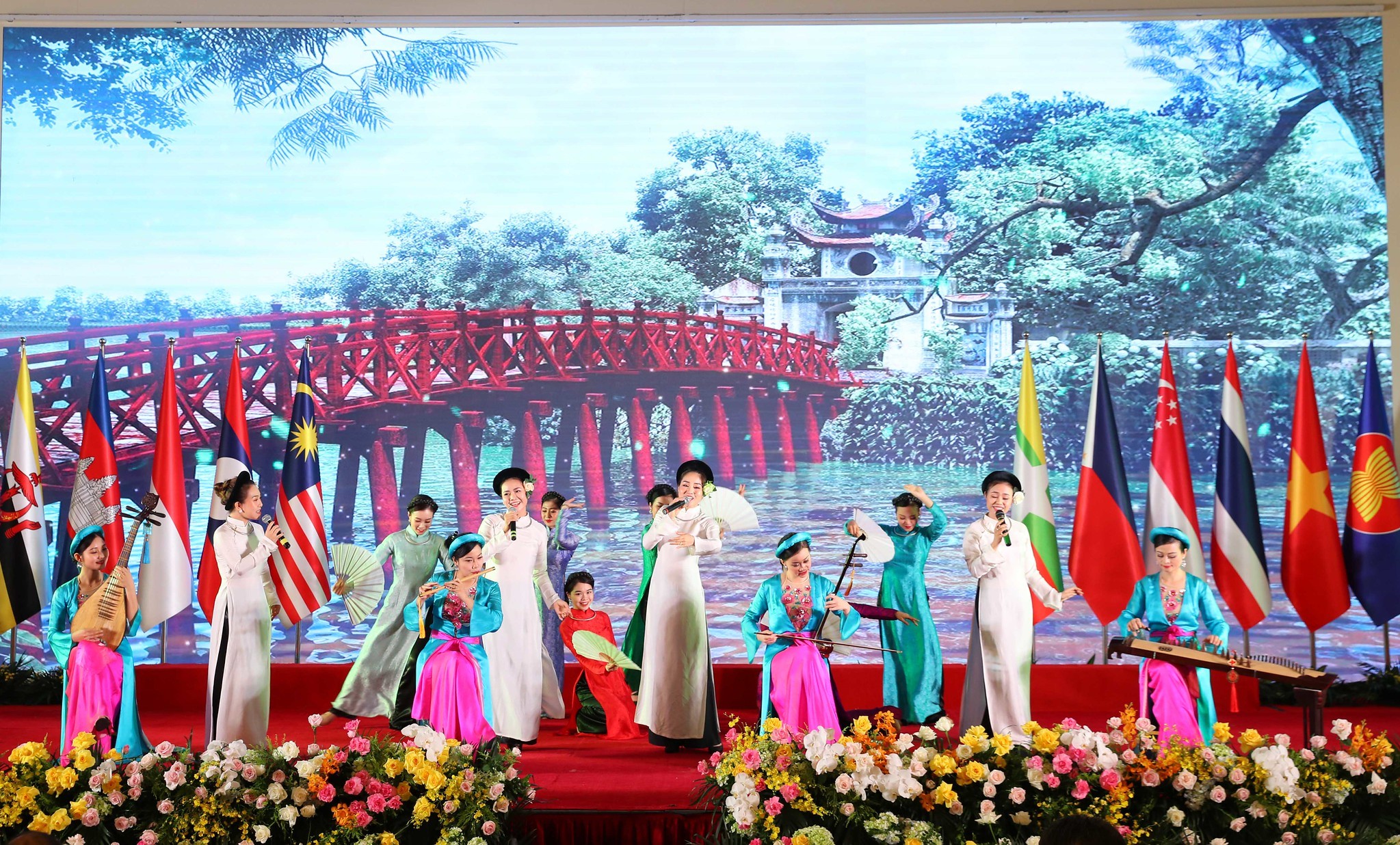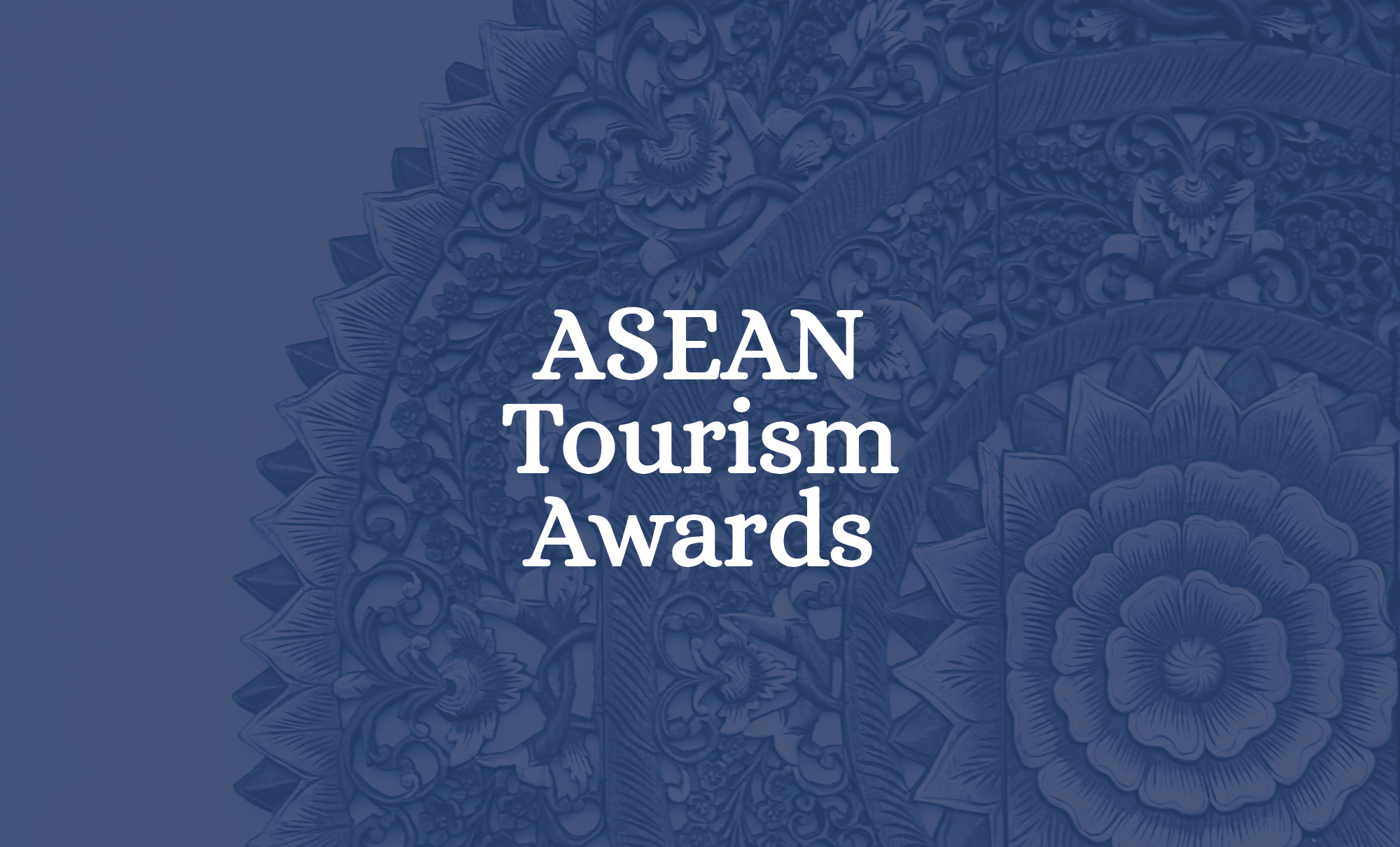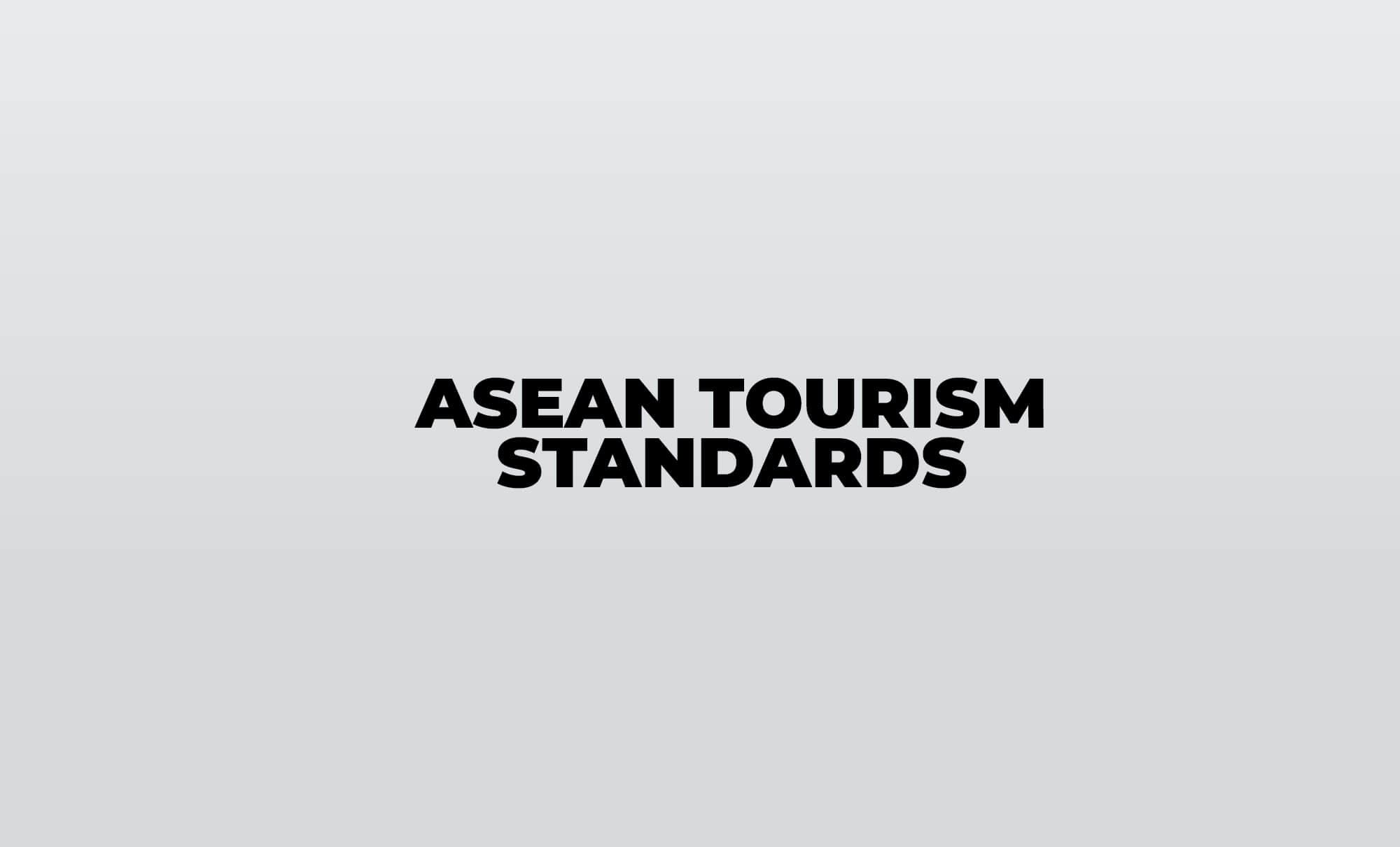



Against a backdrop of a raging pandemic and global economic downturn, ASEAN heads of state reaffirmed their solidarity and cooperation at the 36th ASEAN Summit on 26 June 2020. The summit was held via a live-streamed video conference—a first in the 44-year history of the biannual summit.
Vietnamese Prime Minister Nguyen Xuan Phuc, who serves as the 2020 ASEAN Chair, opened and presided over the top-level meeting, appropriately themed “Cohesive and Responsive ASEAN.”
In his opening remarks, Prime Minister Nguyen acknowledged the unprecedented social and economic damage wrought by the pandemic, and commiserated with families who lost loved ones and livelihoods over the past months.
At the same time, he recognised ASEAN’s early, rapid, and collective action which helped the regional bloc manage the pandemic relatively well compared to other parts of the world. “ASEAN’s health emergencies response network and cooperation with partners were activated from the very first days,” he said. “ASEAN countries have engaged in active information and experience sharing, and coordination in disease control.”
Prime Minister Nguyen called on ASEAN leaders to work together to rejuvenate economies and help their nationals regain their footing. “In the latter half of 2020, the heavy burden rests upon the governments of ASEAN members and upon us as leaders to lead ASEAN out of this period of adversity,“ he said.
During the summit’s plenary session, the other ASEAN heads of state delivered their own speeches and interventions: Sultan Hassanal Bolkiah of Brunei Darussalam, Prime Minister Hun Sen of Cambodia, President Joko Widodo of Indonesia, Prime Minister Thoungloun Sisoulith of Lao PDR, Prime Minister Muhyiddin Yassin of Malaysia, State Chancellor Aung San Suu Kyi of Myanmar, President Rodrigo Duterte of the Philippines, Prime Minister Lee Hsien Loong of Singapore, and Prime Minister Prayut Chan-o-cha of Thailand.
A special session on Women Empowerment in the Digital Age was held to highlight ASEAN’s ongoing work to promote gender equality and empowerment. The ASEAN leaders were joined by Prime Minister Jacinda Arden of New Zealand, Dr. Armida Salsiah
Alisjahbana of the United Nations Economic and Social Commission for Asia and the Pacific, Secretary-General Dato’ Lim Jock Hoi of the ASEAN Secretariat, and Ms. Nguyen Thi Kim Ngan of the National Assembly of Viet Nam.
At the conclusion of the summit, the leaders unanimously approved the Chairperson’s Statement which summarises the proceedings and outputs of the 36th summit.
It reported the adoption of the ASEAN Leaders’ Vision Statement on a Cohesive and Responsive ASEAN, which provides the broad strokes of the region’s socio-economic recovery plan as well as reiterates Member States’ continuing commitment to the ASEAN Community Vision 2025. Some of the elements of the recovery plan mentioned are the establishment of a COVID-19 ASEAN Response Fund, development of a regional reserve of medical supplies and equipment, formulation of standard operating procedures for public health emergencies, continued assistance to affected populations and sectors, measures to address massive job loss and education disruption, and resumption of regional trade and connectivity.
It also reported the leaders’ adoption of the ASEAN Declaration on Human Resources Development for the Changing World of Work, which “commits ASEAN Member States to promote lifelong learning with a view to preparing the region’s human resources to adapt to the changing world of work due to technological advances, demographic transition, and greening economies. “
The Chairperson’s Statement likewise reported on the progress made by ASEAN in building a politically cohesive, economically integrated, and socially responsible community—the core aspiration of ASEAN Community Vision 2025. Despite the pandemic, the regional bloc continued to implement the political-security, economic, and socio-cultural blueprints; the Initiative for ASEAN Integration Work Plan III; and the Master Plan on ASEAN Connectivity 2025 to bring the ASEAN vision to fruition.
A mid-term review of the blueprints is being undertaken by an external party to identify remaining challenges. “It will look beyond the progress and achievements to date, and will also assess the changes on the strategic landscape of ASEAN community building efforts and identify emerging issues that need to be taken into consideration towards 2025 and beyond,” the statement said.
The Chairperson’s Statement acknowledged the important role of dialogue partners, sectoral dialogue partners, development partners, and international organisations in ASEAN’s community-building efforts as well as in the fight against the deleterious effects of COVID-19. The ASEAN leaders agreed “to further enhance and strengthen partnerships and cooperation with our external partners, including through adoption of the successor Plans of Action for the next five years (2021-2025).”
The Chairperson’s Statement concluded with a commitment from the ASEAN leaders to maintain peace, security, and stability in the region by continuing negotiations to establish a code of conduct in the South China Sea guided by existing international laws.








